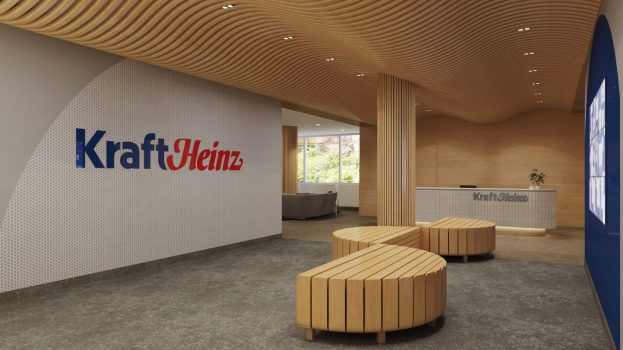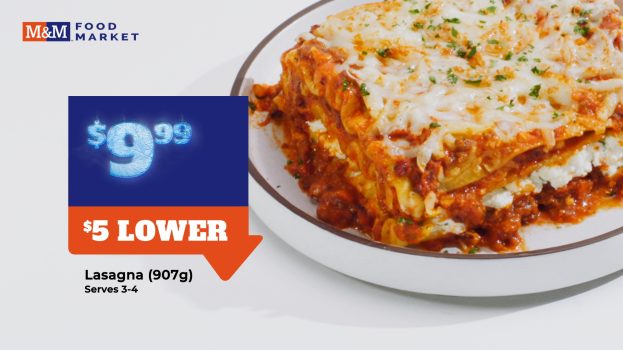 Those with incomes over $80,000 are the surprising demo that’s leading the majority of private label growth this year.
Those with incomes over $80,000 are the surprising demo that’s leading the majority of private label growth this year.
That’s according to a recent report by insights firm Numerator, which reveals that, contrary to assumptions, there are negligible differences in grocery spending across income, but those making over $80,000 are contributing 5% to private label growth, far outpacing other income brackets. By comparison, middle income earners – those making $40,000 to $80,000 – are contributing only 1% of growth.
Over the four week period covered by the report, 89% of consumers report having bought a private label product. Canadians are putting financial concerns front and centre, and according to Numerator data, concern over rising prices for essentials slightly topping that of gas (78% versus 77%).
Brian Ettkin, head of strategy and solutions at Numerator, says that 96% of the 1,010 consumers surveyed are seeing an increase in the price of commonly purchased items, while 75% are changing how they shop. And 33% report buying more store brands to save money that way.
According to Numerator, traditionally untracked channels are becoming increasingly important even if they cannot touch the big presence that is Loblaw, which claimed 44% of total private label goods sold year to date. For example, Dollarama sold 5% of private label units.
According to the numbers, private label and branded goods have been growing at the same pace since March and April.
Ettkin says there was a big increase in promotional activity for private label from beginning of January to end of June. Meat and baking had strong promo activity in beginning of the year, and dairy has since caught up.
Real Canadian Superstores was tops for private label promo, but all the grocers already supporting them were increasing their level of support with, independent stores and Fortinos being the notable exceptions.
In what Numerator is calling the “Now Normal,” people are diversifying brand buys and making more trips and spend per trip going down as deal-seeking continues across banners.
“There’s no question people are enjoying the freedom of going back to stores,” Ettkin says.
According to data from a separate poll of 304 respondents, price (45%) remains the primary motivation for buying private label, followed by sales (25%) and not feeling the need to buy brands (20%).
And 61% of respondents say private label meets their expectations, while 33.6% say that they’re somewhat better than branded products and 36.2% saying it’s about the same.
There’s a halo effect for category: 71% of respondents would “definitely or probably” trial an adjacent category if pleased with a private label purchase.
























